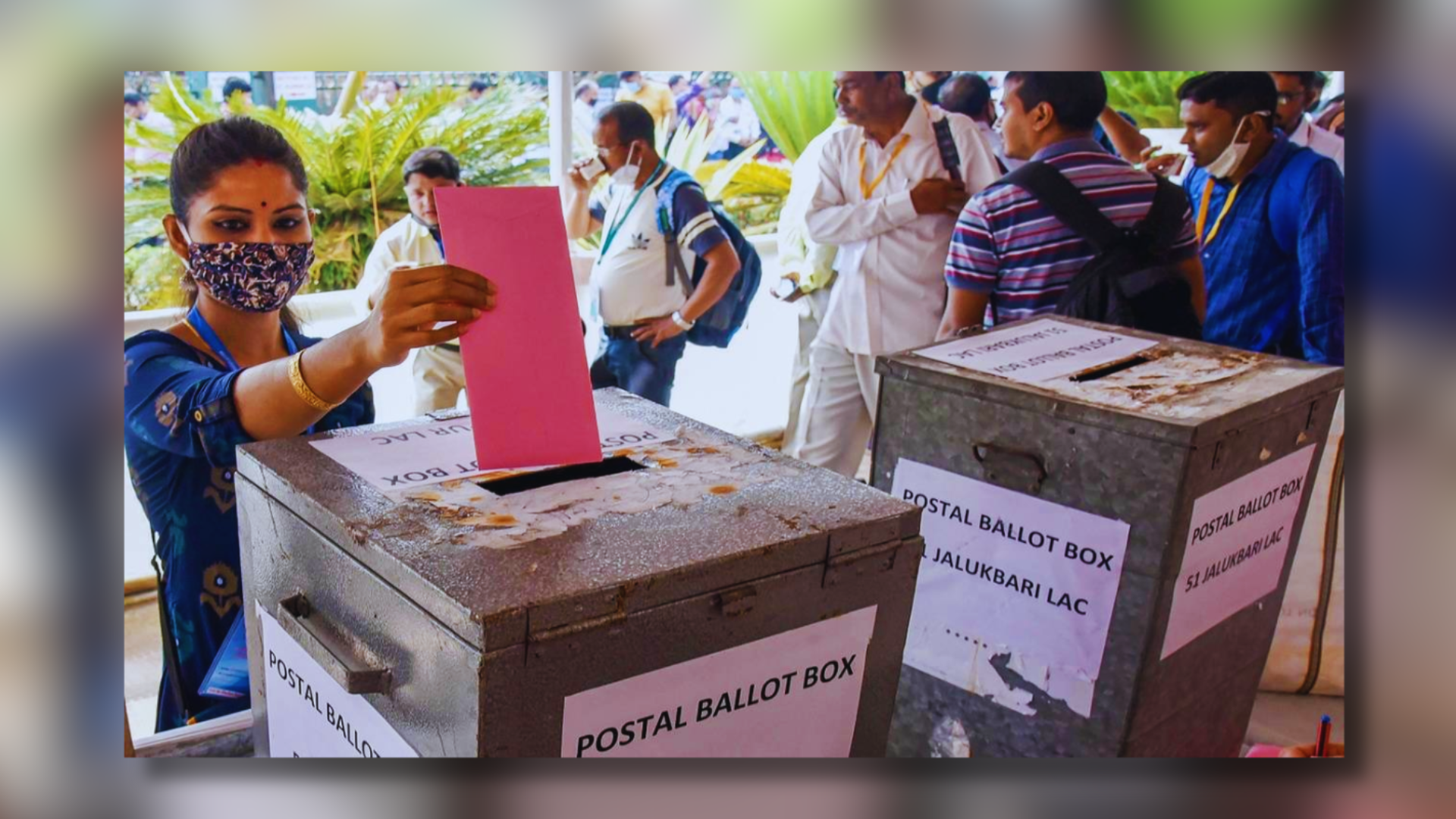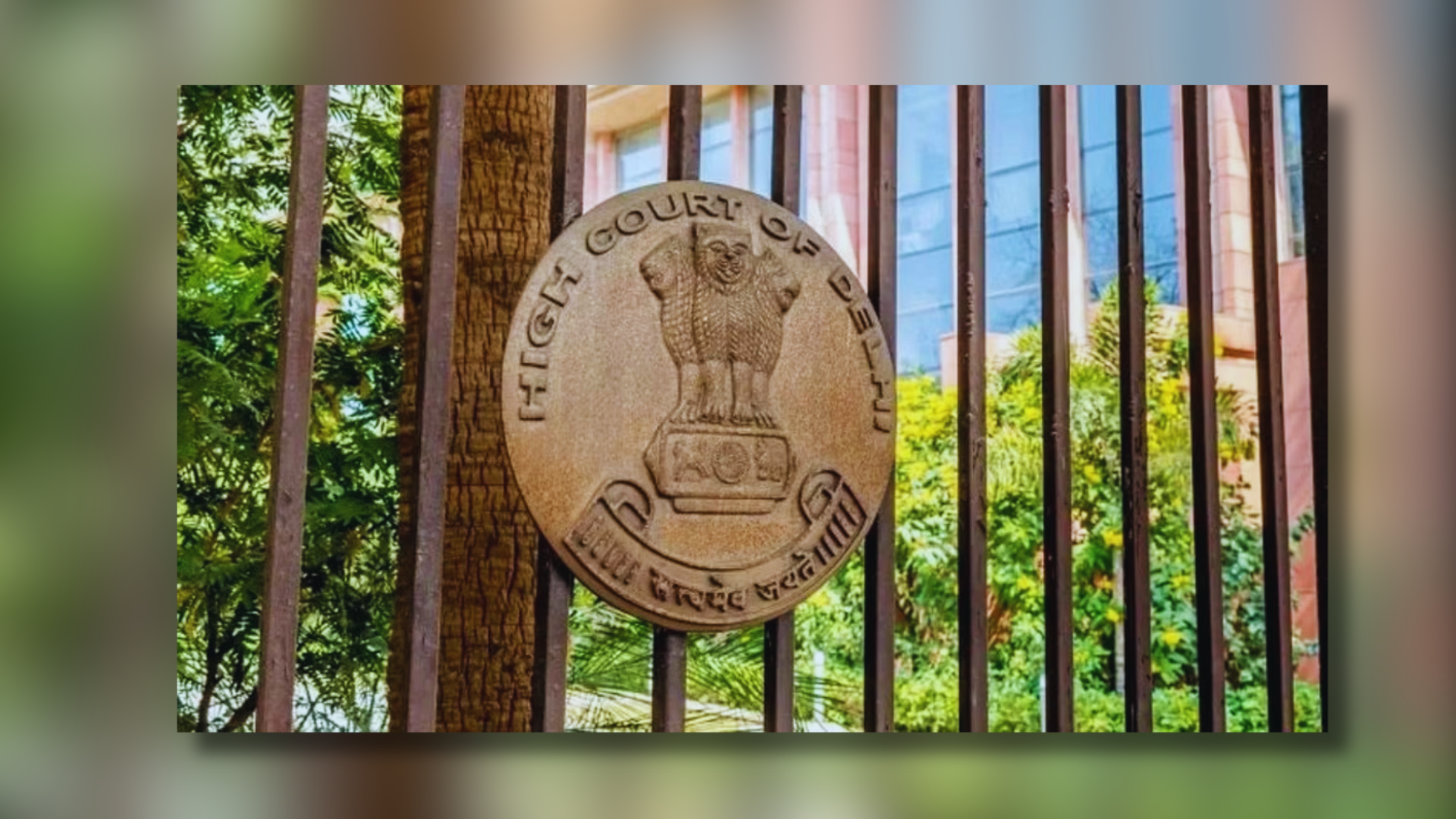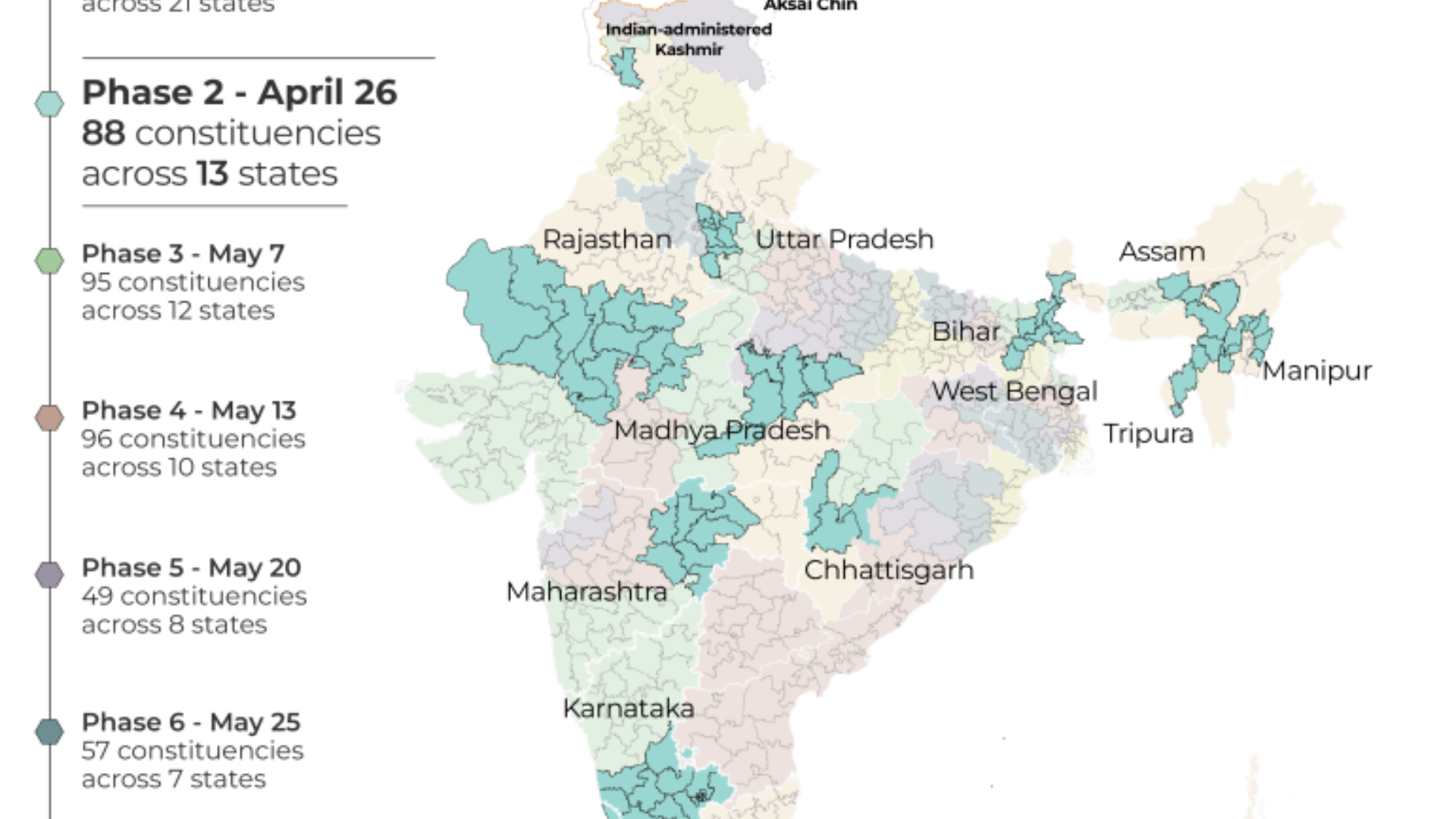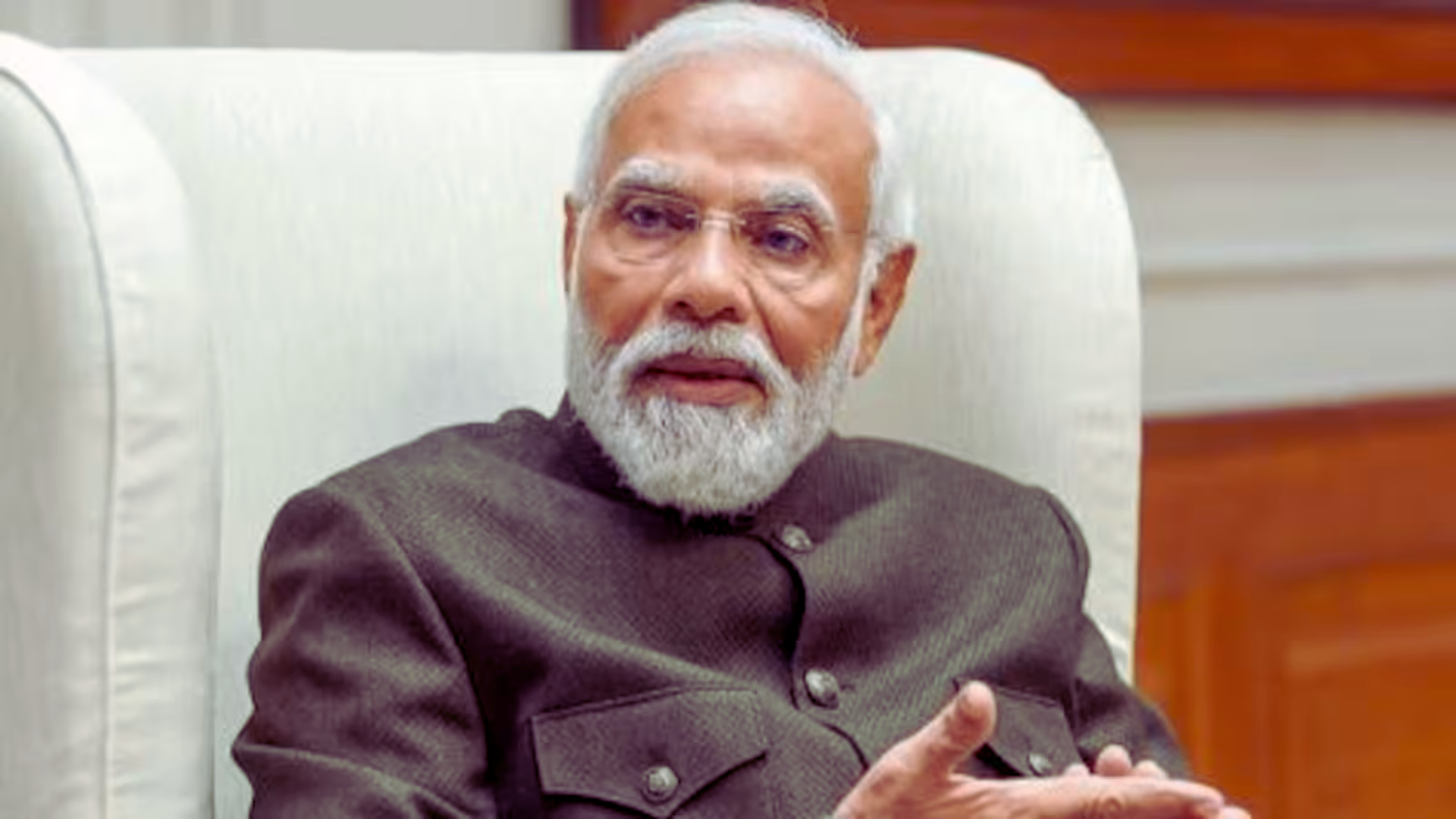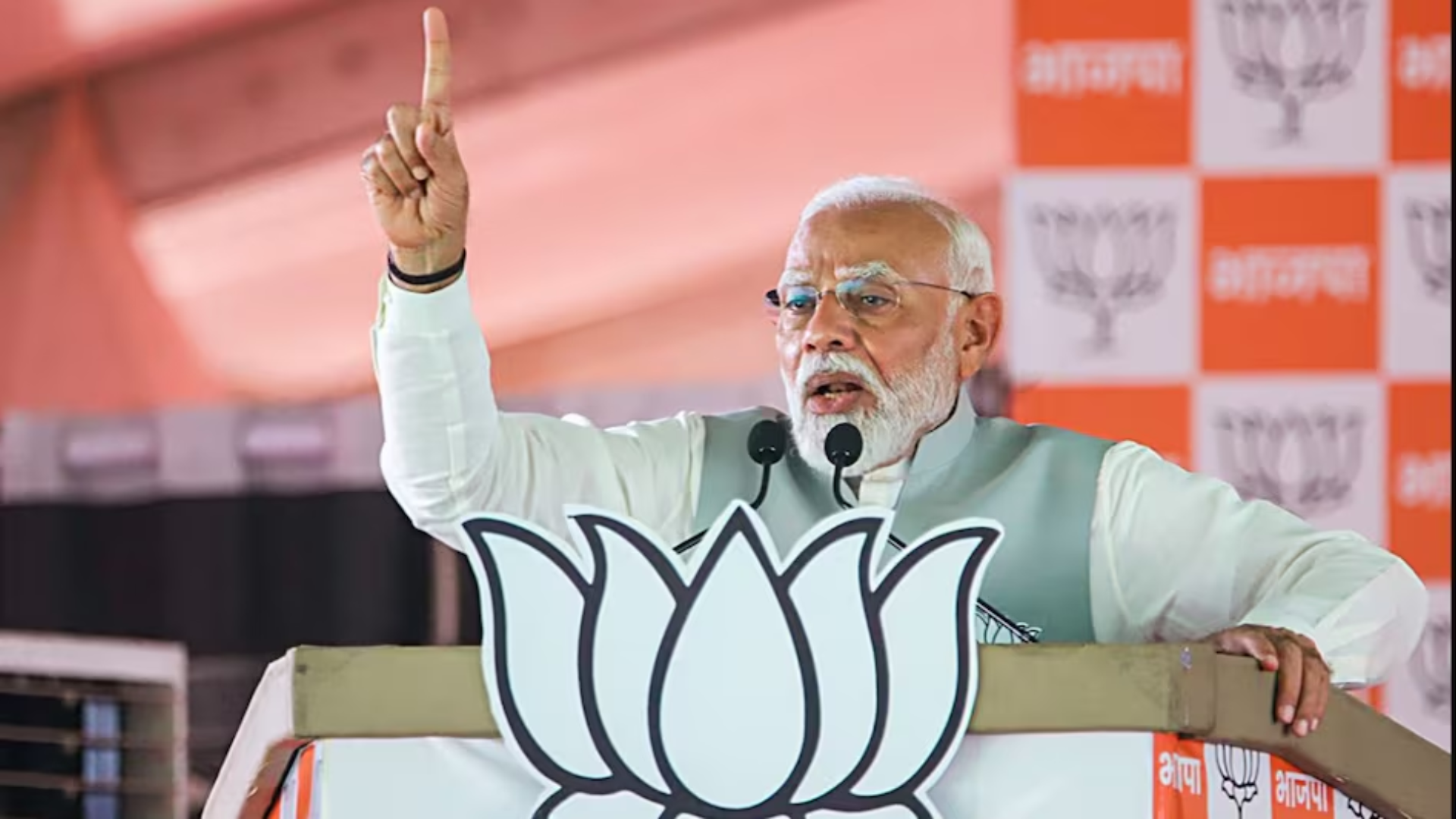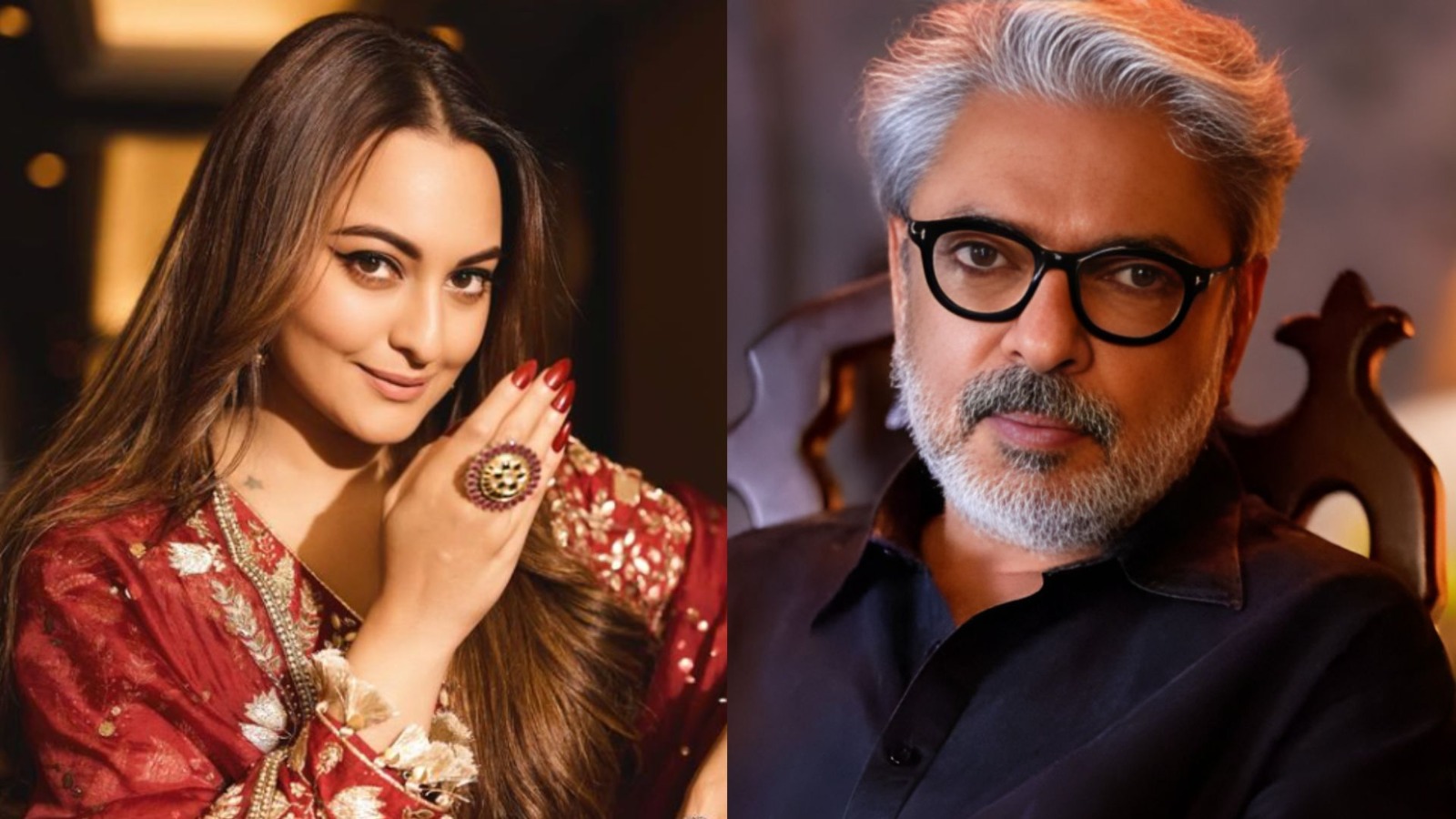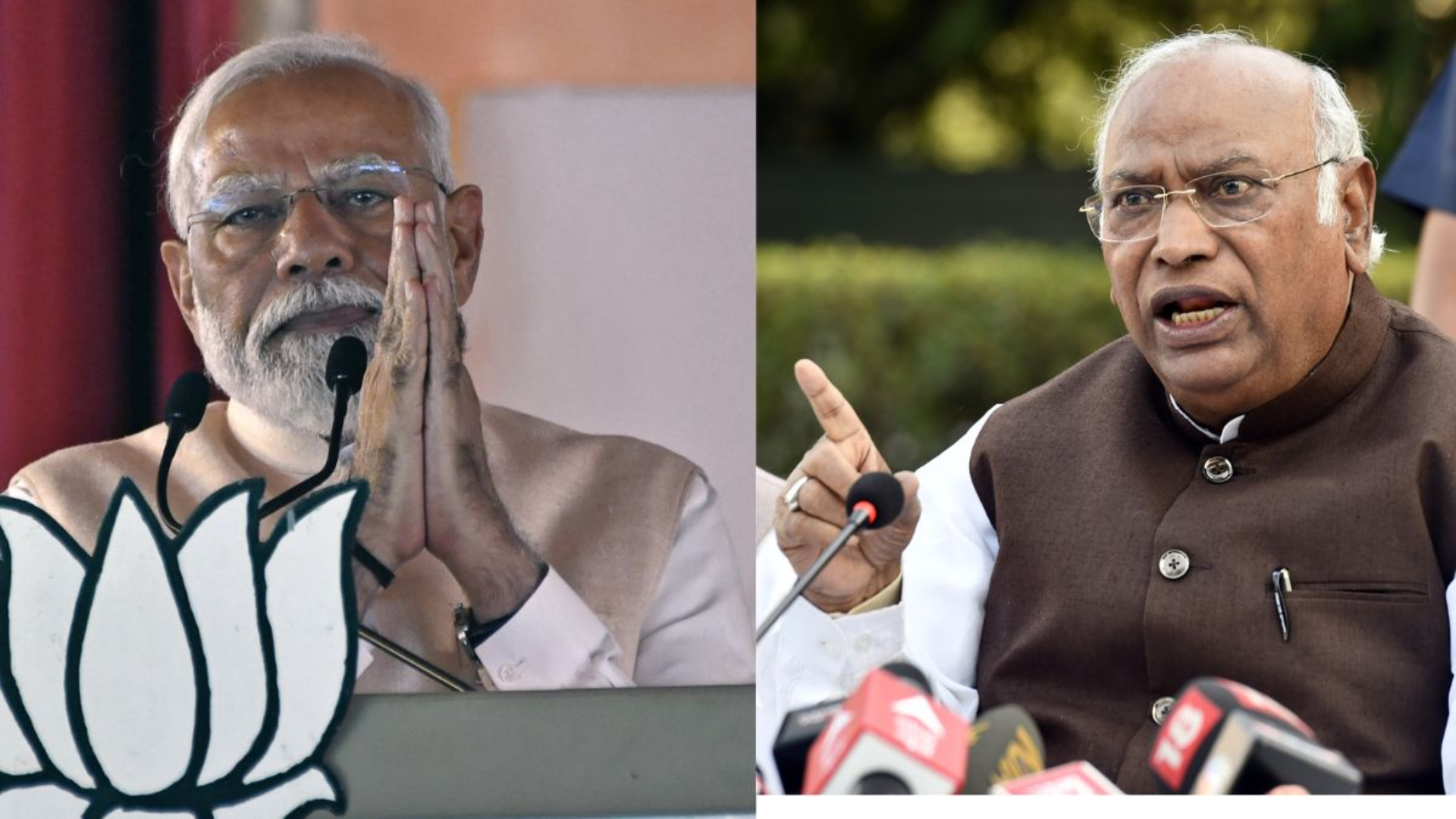


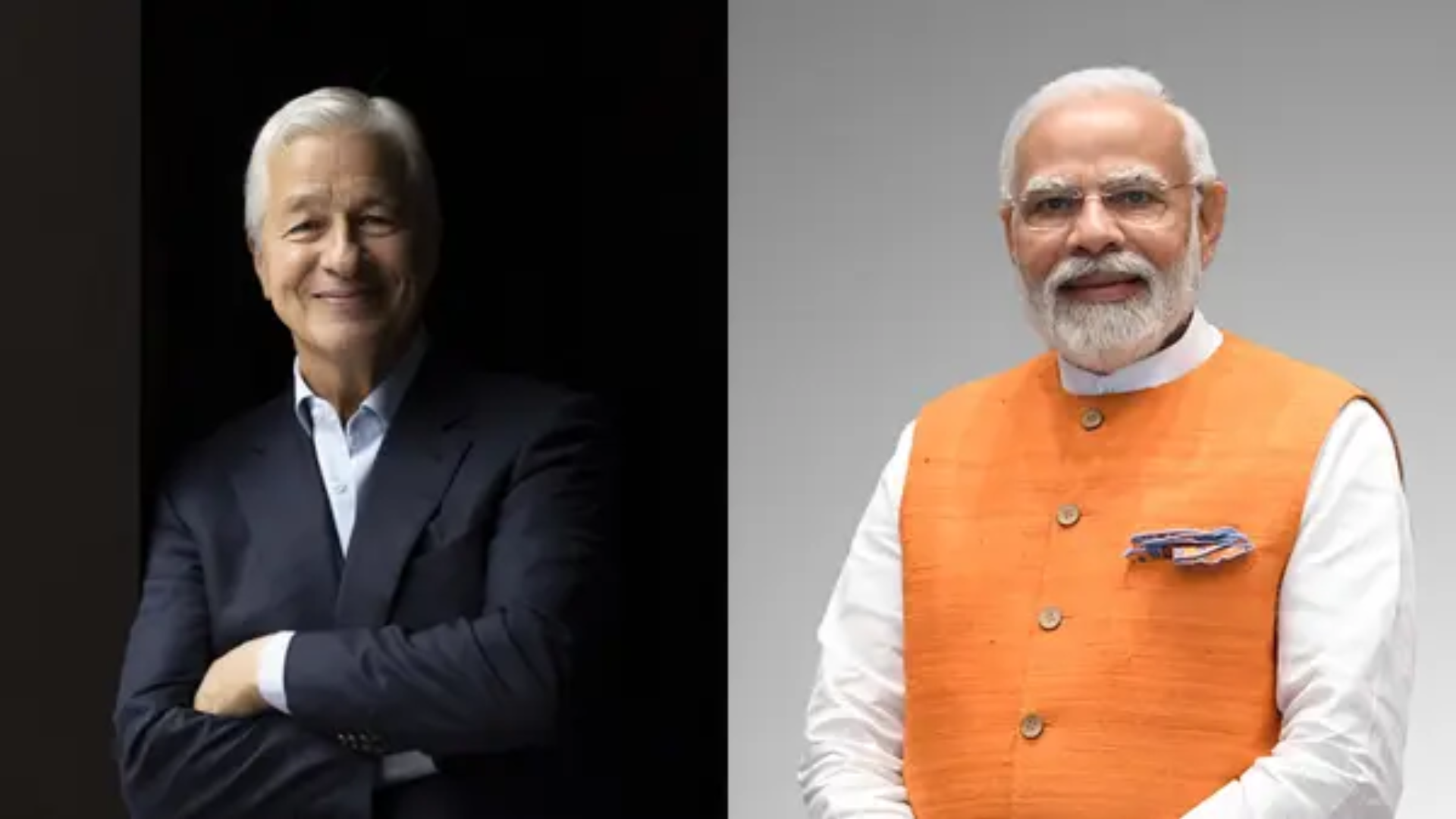

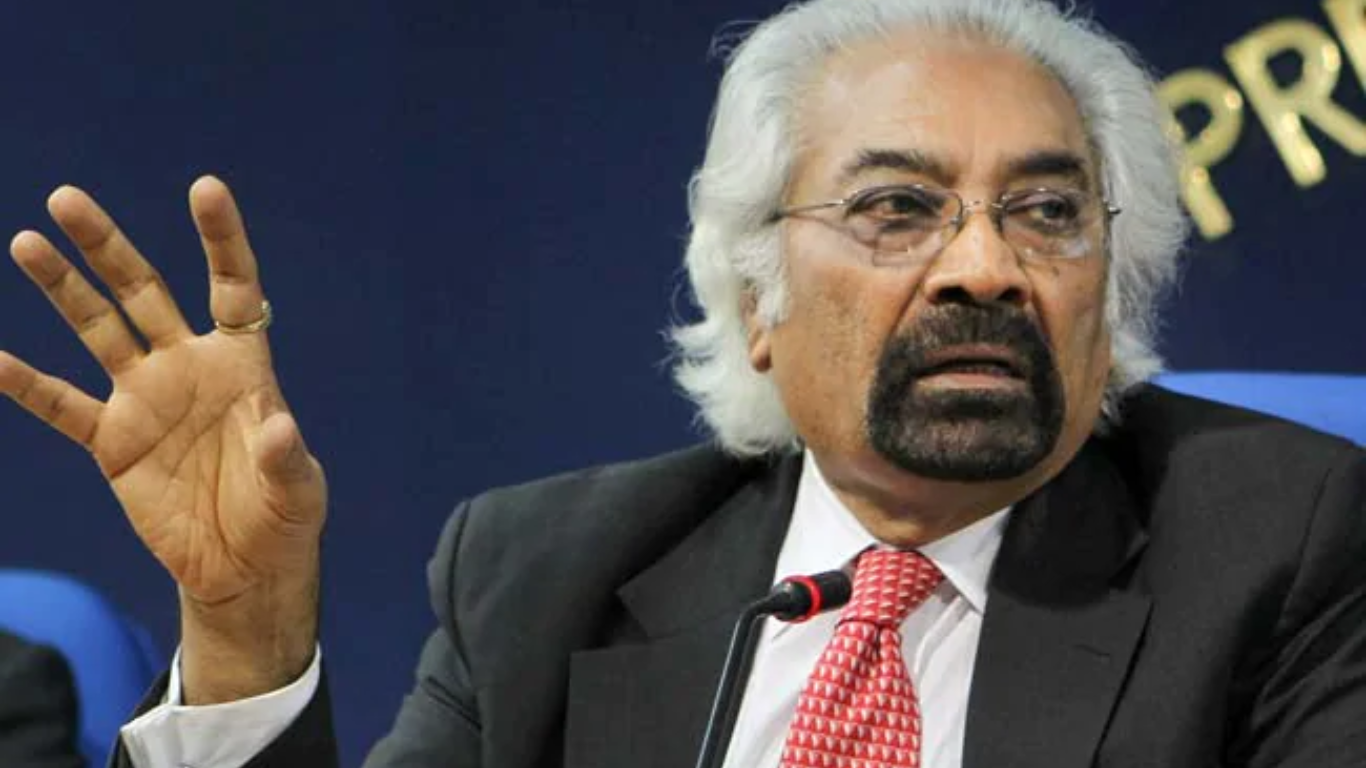

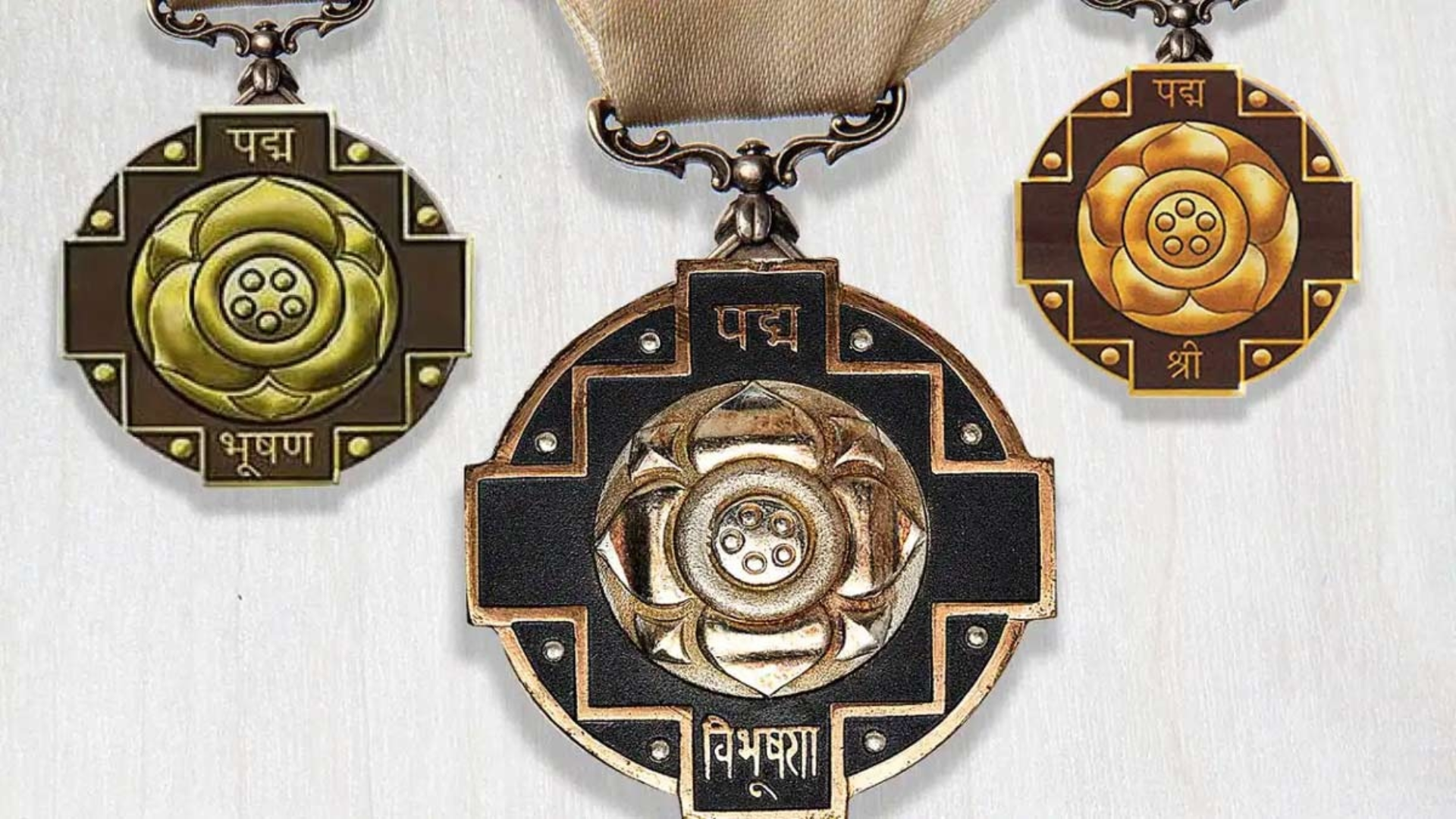
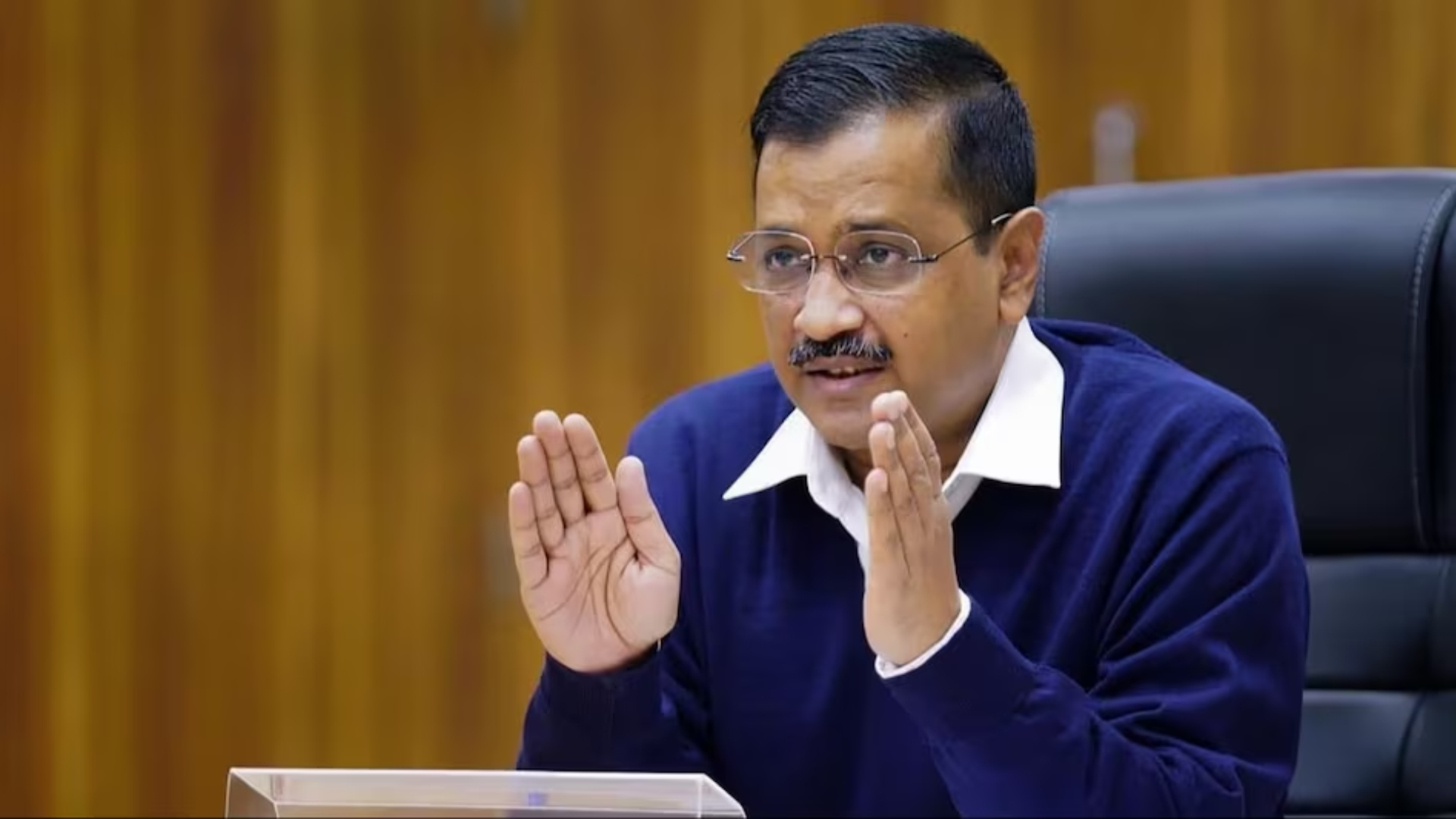
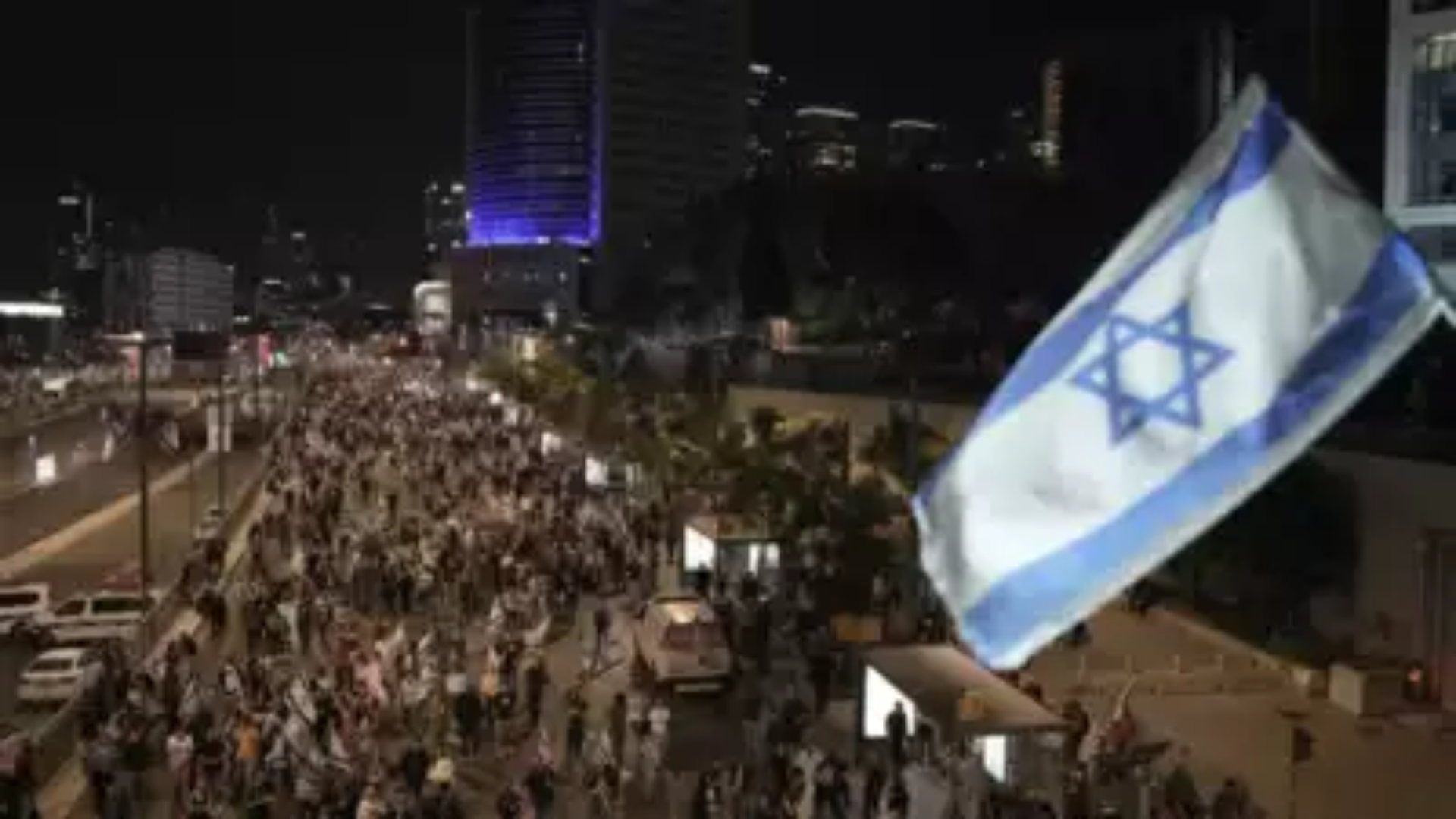
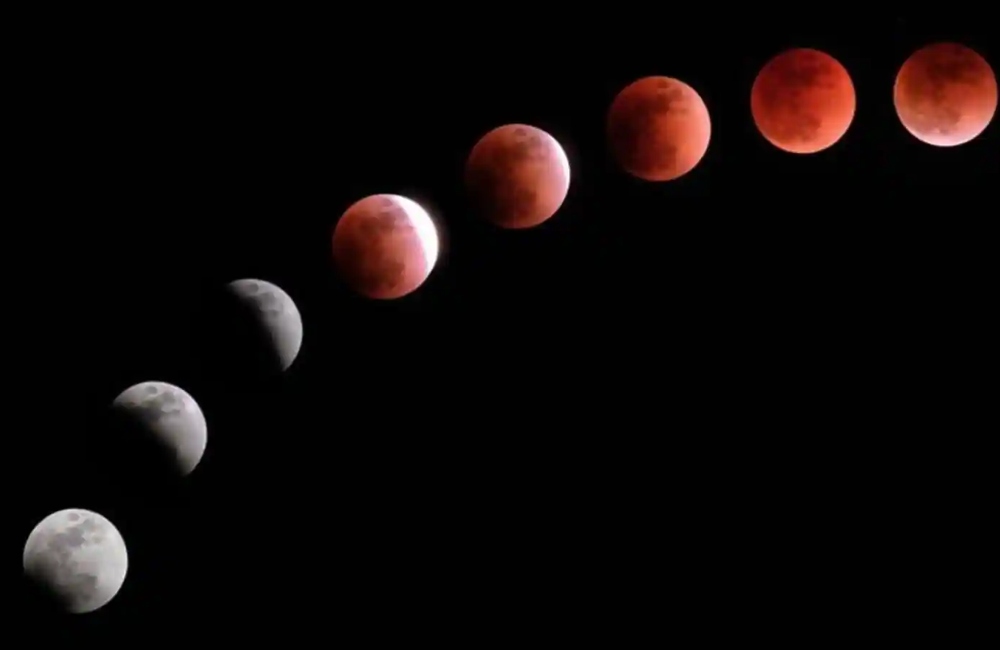
The complete lunar eclipse that will occurr today is the final one for the following three years. On November 8, the eclipse will commence at 2.39 IST and reach totality at 3.46 IST, which is the time when the Moon is completely in the Earth’s shadow. The eclipse’s partial phase will last till 6.19 PM IST, with totality ending at 5.12 PM IST.
When the Earth passes between the Sun and the Moon, it creates a lunar eclipse by blocking some or all of the Moon’s sunlight. As a result, the Moon’s surface casts a shadow, which is what we can see from Earth.
The Moon will still get some sunlight during a total solar eclipse. The blue light will be scattered in all directions by a process known as Rayleigh scattering as it travels through the Earth’s atmosphere. As a result, the Moon appears reddish during the eclipse because it may pass through and reflect the redder light.
The whole phase of the eclipse will be in process at moonrise in the Eastern regions of the country, including Kolkata and Guwahati, according to the Ministry of Earth Sciences. However, totality would not have been complete for other places, such as Delhi, Mumbai, Chennai, and Bengaluru, until Moonrise. The eclipse will be streamed live down below.
What precisely is a lunar eclipse?
When the Earth is positioned between the Moon and the Sun, light to the Moon is blocked, creating a lunar eclipse. The Moon, as we are all aware, is not a source of light on its own and is only seen as a result of sunlight reflecting off of it. The Moon experiences a shadow as the Earth passes between the two solar bodies, blocking the Moon’s path to sunlight.
There are two types of lunar eclipses: partial lunar eclipses, where just a portion of the sun is blocked, and total lunar eclipses, like the one that will occur later today when the Earth will be directly between the moon and the sun.
Why does the Moon appear red during a total lunar eclipse?
The Earth lies exactly in the centre of the Moon and Sun during a total lunar eclipse, also known as a Blood Moon eclipse, throwing a full shadow over the moon. However, not all of the light travelling to the Moon is blocked by the Earth’s atmosphere. The light that strikes the Earth’s atmosphere during such an eclipse is split into its many colours, much to how a prism works, due to a physics phenomena called dispersion.
Cooler colours like blue are more influenced by this dispersion effect than warmer colours like red, which are barely altered.

